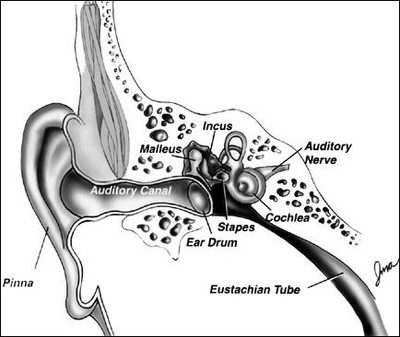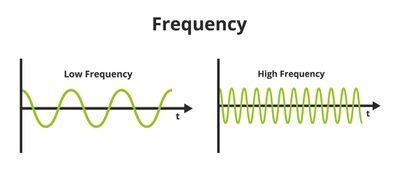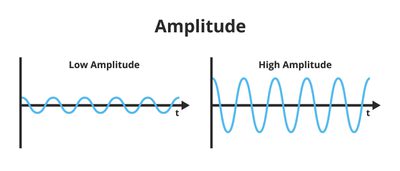How do we hear ?
We hear through the process of sound waves being moved through the air or other medium and then received by our ear. Sound waves are produced by vibrations of objects or by sound generators such as loudspeakers or instruments.
Would you like to know how you can improve the acoustics in your room(s)? Then make an appointment for an acoustic measurement.

The functioning of our ear
When these sound waves reach our ear, they are picked up by the outer ear and conducted along the ear canal to the eardrum.
The eardrum then vibrates in accordance with the frequency and amplitude of the sound waves.
The vibrations from the eardrum are then transmitted through three small bones in the middle ear, the hammer, anvil, and stirrup, to the inner ear. In the inner ear, these vibrations are eventually converted into electrical signals that are sent by the auditory nerve to the brain, where they are interpreted as sound.

Frequency of sound
The frequency of sound refers to the number of vibrations per second of a sound wave and is expressed in Hertz (Hz). This means that the number of times per second the sound wave repeats itself determines the frequency. A low frequency sound has fewer vibrations per second and is perceived as a low tone, while a high frequency sound has more vibrations per second and is perceived as a high tone.
Humans can hear sounds with frequencies between about 20 Hz and 20,000 Hz, but this varies depending on an individual's age and hearing ability. Sounds with frequencies below 20 Hz are called infrasound, while sounds with frequencies above 20,000 Hz are called ultrasound.
The frequency of sound is important because it allows us to distinguish different tones and sounds. In addition, it has an important influence on how we perceive sounds and how we interpret them.

Amplitude of sound
The amplitude of sound refers to the strength or intensity of the sound wave. It is measured as the pressure variation of the sound wave and is expressed in decibels (dB).
A higher amplitude means that the sound wave contains more energy and therefore sounds louder. A lower amplitude means that the sound wave contains less energy and therefore sounds softer. For example, when we talk, we create sound waves with an amplitude that varies between about 40 dB and 60 dB, while at a rock concert, the amplitude of the sound waves can be as high as 110 dB or higher.
It is important to remember that exposure to high amplitude sounds over a long period of time can lead to hearing damage and even permanent hearing loss.

Quality of life
In our daily lives, we use sound for several things:
- Sound prompts us to action.
- We use sound to communicate with each other.
- We can better estimate distances by means of sound.
- We can also recognize them by the sound they make.
- Sound is used as a warning signal.
- Sound brings us pleasure and enjoyment.
Sound has a major impact on our quality of life.
If you are bothered by sound because it reflects too much and causes reverberation and echo in a room, it is good to see how you can improve the acoustics. Our acoustics experts are happy to advise you which acoustic solution best suits your situation.
Would you like to know which acoustic solution is the best in your situation? Then we would be happy to provide you with a tailor-made advice.